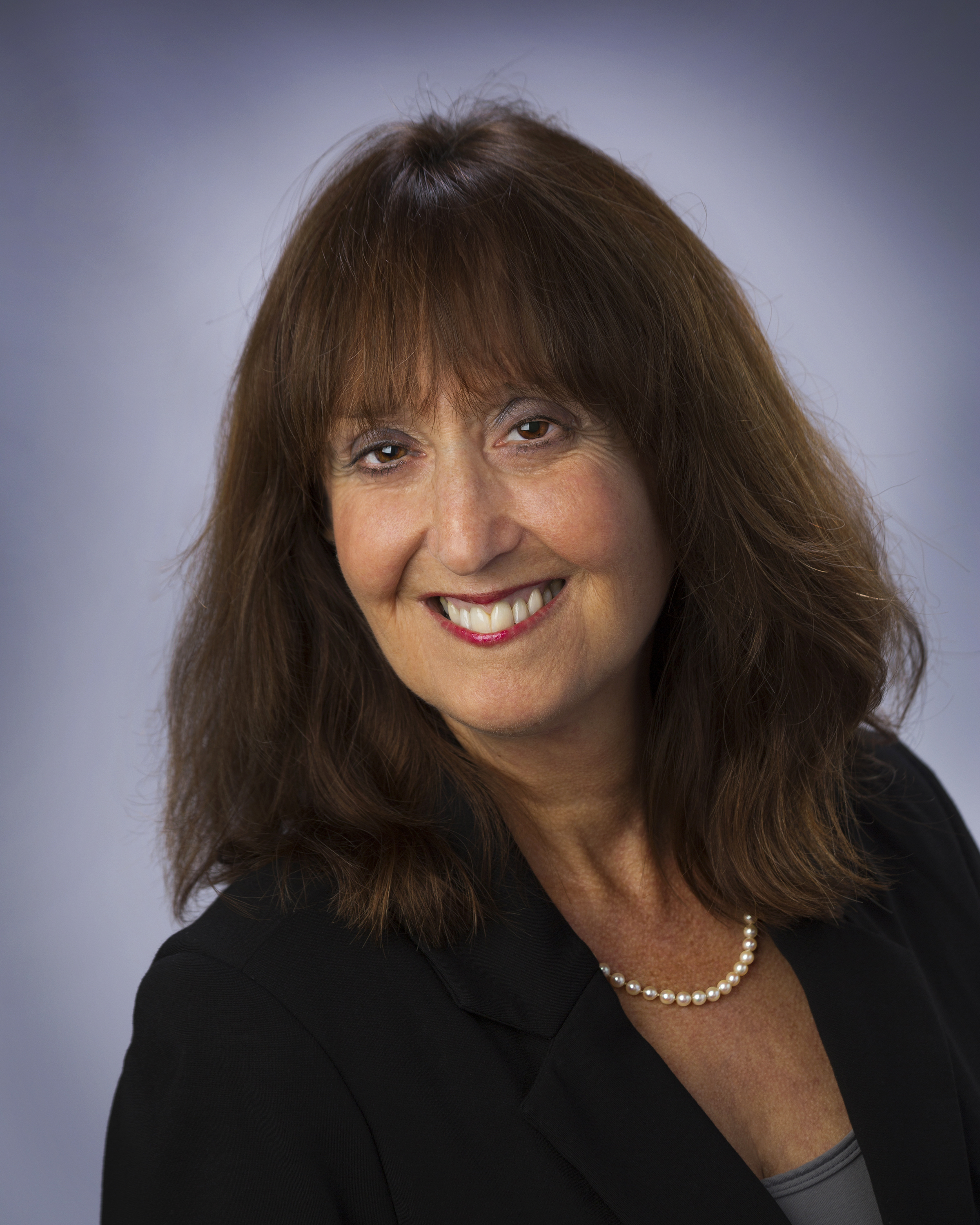“On and Off the Mat” by Beverly Price, RD, MA, E-RYT 200, C-IAYT, CEDRD-S
The New and Lonesome Registered Dietitian – Honing Support in Your Respective Treatment Setting
In a small eating disorder treatment setting or private practice, the number of therapists and other practitioners may outweigh the registered dietitian (RD) by leaps and bounds. Often, the dietitian finds her/himself as one-of-a-kind on staff. With the volume of patients presenting with a vast array of needs and intensity, especially for eating disorder RDs starting out in the field, how can you hone the support you need in order to provide quality care?
I was inspired to write this blog post by recent list serve discussion and by a host of telephone conversations with various new RDs. These RDs voiced their concern as they functioned as the only RD on staff, or in a private practice – possibly with a handful of therapists as part of the practice or within the practice setting via shared office space. Many RDs working in an independent intensive setting (partial hospitalization or intensive outpatient) indicated that similar intensive programs were non-existent in their area making local collaboration impossible.
The major concern that the RDs expressed were the lack of understanding of their role by the treatment team and insurance companies. The treatment team and insurance case managers typically asked the RD, “Why can’t you just get the client to eat?” This, in turn, resulted in the RD feeling inadequate and in turn state, “My client doesn’t do what I tell them to do.”
In an effort to reach out, here is some guidance for the new and lonesome RD:
The assessment process paves the way for a successful treatment experience. Although the treating therapist and medical professionals may ask the patient questions about eating disorder history and current behaviors, it is also important for the RD to ask the very same questions. Yes, clients will voice their concern about having to answer the same questions over and over again, but as the client answers those same questions again and again, the client gains more insight and begins to reveal more information. In addition, the same questions come from different points of orientation and therefore impact treatment. The “why” of this process is very important to explain to the client.
Where is your client along the spectrum of Prochaska’s Stages of Change (precontemplation, contemplation, determination, action, maintenance, termination)? This is important to assess in order to set expectations together with the client.
What are your client’s Strengths, Needs, Abilities and Preferences (SNAP)? In order to develop a client-centered treatment plan, these intricacies are extremely helpful in order to integrate your nutrition treatment plan with the client’s multi-disciplinary treatment plan.
If this is not your client’s first treatment rodeo, ask them how will this treatment episode be different? Also ask your client directly, “Rate or describe your forthcoming with your dietitian in the past. Have you been honest with your dietitian?” Explaining to the client that “Data in = Data out” is an important factor in the recovery process. Also, “How can I best support you?” is an extremely helpful question to ask your client.
Do you have a voice in your team meeting? Whether you are working in an intensive setting or with a community-based treatment team, an RD does more than just check menus and stir soup today. Remind yourself that your training is medically focused and that your role is a significant part of the tricycle…what happens when you try and ride a tricycle with two wheels? Stand in your power and confidently convey information regarding your clients.
In my experience working in a collaborative setting, respect for each other’s discipline and knowing one’s treatment boundaries is of the utmost importance. If the treating therapist or clinical director – who never worked in the eating disorder field – thinks they know enough to “supervise” you when it comes to nutritional management of a client or the recovery coach team member over talks in case meeting where time runs out when it comes to your input, then it is easy to see why you are not feeling supported.
If you are functioning in a partial hospitalization or intensive outpatient setting, the first line practitioner (most likely the medical assistant or nurse) to greet the client each day – when they walk in the door – needs to be tough as nails. When the client comes in with their bottled beverage full of powered junk to make them feel full, weights in their shoes, and their cell phone in hand, or the client comes in with pockets in their clothing armed to squirrel away food, Nurse or Medical Assistant Ratchet cannot be “bamboozled” and needs to stay grounded in the clinic rules regarding confiscating items of concern and addressing clothing issues. If these rules are ignored by staff, not only is safety a concern, but these types of issues undermine the RDs work. Therefore, a breakdown in treatment – on all fronts – occurs.
An aligned team makes for a successful client. If your clinical director is maligning other team members in the medical record, or the new young therapist who is a “trauma expert” after her year-long internship is gunning to be the patient’s “favorite” practitioner – snitching on others to her superior – then a border-line treatment team is budding. Either seek support elsewhere or get out – immediately. In terms of the medical record documentation, the first line of business taught in the post baccalaureate dietetic internship is that a chart is a legal document. Take the high road and NEVER criticize another team member in this legal document.
Keep in mind that treatment stays, in an intensive setting, are becoming shorter and shorter with insurance denials. If your treatment setting is a revolving door, it becomes frustrating for continuity of care. In some settings where all levels of care are available, the RD can at least deliver consistency of care as the client is stepped down. In the concurrent review process, know that your input to insurance companies is important in the advocacy for the continued stay of your client.
Be ok with small steps. Your expectations for your client may not be what the client is ready for at that moment. You may ask the client if the are “willing” to do what you ask, but the client may respond with, “NO.” Acknowledge gradual progress and meet your client where they are at. Educate your treatment team on this concept. Create a repoire with your client from the get-go, but yet be firm with your client. Act wise and don’t allow your client to snow you over. Be real and authentic – your client can tell when “you are being you.”
Keep your nutrition groups fresh. It is easy to get into a rut delivering the same concepts over and over again. Step away, and put on your creative hat to develop new and intriguing experientials when it comes to delivering nutrition information.
Hone support at meals as the diversity of your client presentation grows vs becoming anxious about the busy census. Many eyes are needed at the lunch table. The RD with the therapist, overseeing the meal, works great together. In addition, this is where dietetic interns can be very helpful and also benefit from a learning experience in an eating disorder treatment setting. However, screen your interns and volunteers well as many are drawn to the work with eating disorders based on their personal struggles. If your student does have a history of an eating disorder, make sure the student is grounded in their recovery. If the student is concerned about eating with clients as she still counting calories, then this work setting is not the healthiest place for her.
Accept feedback from your peers and your manager. This is how you grow as a professional. You are never too seasoned to learn something new. Never take feedback personally…it is feedback.
Make time for your own self-care. A walk, Yoga, massage, exercise, self-reflection, or a night out with friends is the best way to step away to avoid burn out. This is a tough population and have seen many good practitioners leave the field as they fail to maintain healthy boundaries.
Join the International Association of Eating Disorders Professionals (iaedp) and investigate the RD certification track to become a stellar eating disorder RD. Join International Federation of Eating Disorder Dietitians (IFEDD), an e-list and networking group specific to eating disorder RDs that is a great support platform. Dietetic practice groups (DPGs) through the Academy of Nutrition include the Behavioral Health Nutrition (BHN) and Disordered Eating (DE). Local networking groups are helpful to eating disorder RDs. If need be, don’t stand back…start one yourself. You may find it frustrating to rely on another practitioner to start a professional support group, as it may fall apart before it gets started.
Most importantly, don’t fall into the victim mentality. Know that in order for others to value you, you must value yourself. Good luck as a new RD. You don’t have to be lonesome anymore.
BEVERLY S PRICE is a certified eating disorder registered dietitian and iaedp supervisor, who has owned and operated a comprehensive eating disorder treatment center. Beverly is recognized for bringing mindfulness-based yoga to the eating disorder treatment community along with yoga therapy training programs in eating disorders for professionals. Beverlysprice.com
The opinions and views of our guest contributors are shared to provide a broad perspective of eating disorders and not intended as endorsement by iaedp Foundation or its Board of Directors.






